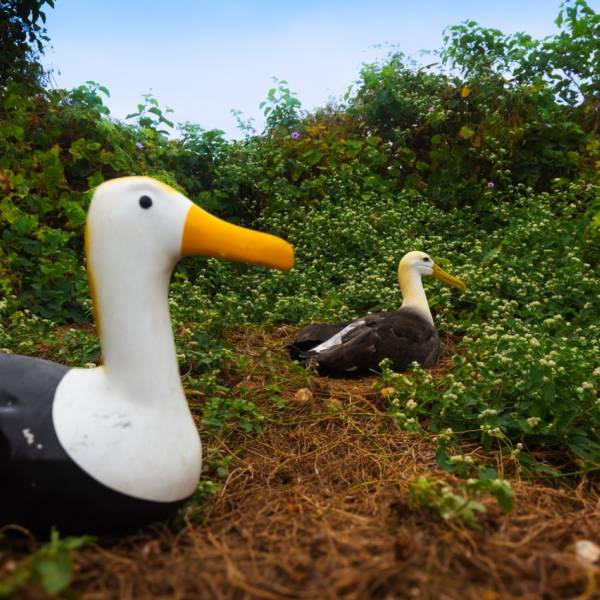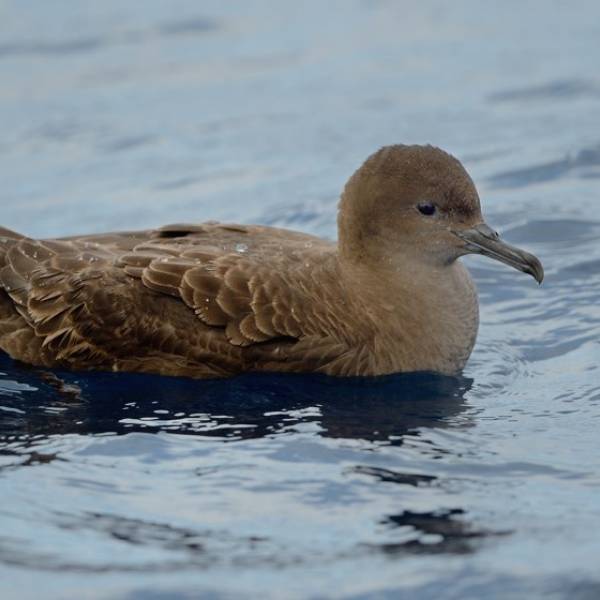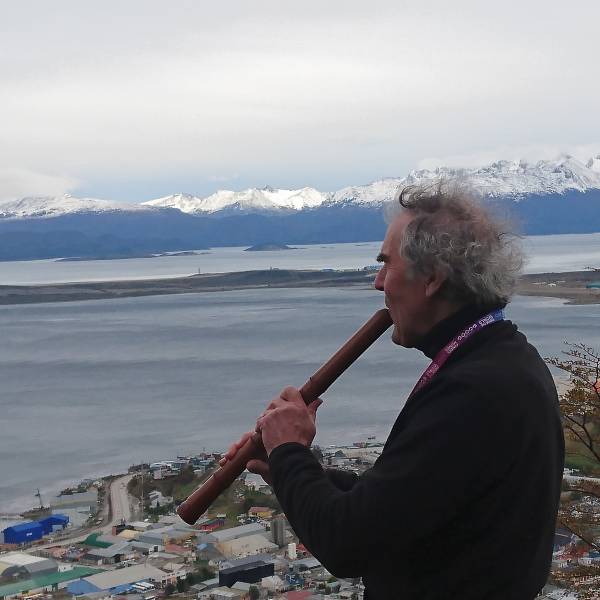Enabling mitigation measures in the southern Peruvian artisanal longline fleet targeting sharks to reduce the bycatch of albatrosses and petrels
Project Leader: Javier Quiñones, PhD. Oficina de Investigaciones en Depredadores Superiores del Instituto del Mar del Perú.
Co-investigators:
Johannes Fischer, PhD. Department of Conservation, New Zealand.
Igor Debski, PhD. Department of Conservation, New Zealand
Jairo Calderón Martel, Dirección de Investigaciones en Pesca, Instituto del Mar del Perú.
Sixto Quispe Cayhualla, Laboratorio Costero de Pisco, Instituto del Mar del Perú.
Amount Awarded: AUD 35,700
The Northern Humboldt Upwelling System (NHUS) is the most productive marine ecosystem (Pennington et al. 2006) and the waters of the NHUS attract many highly migratory species, such as albatrosses, petrels, and shearwaters. During austral autumn, winter and spring, a wide variety of species, breeding in different places within the Pacific Ocean Basin, have been recorded in southern Peru.
Within the NHUS, the high levels of artisanal longline fishing effort pose a threat to these different species of albatrosses, petrels and shearwaters. The artisanal longline fishery in Peru targets dolphinfish (Coryphaena hippurus) from November to April and sharks (Prionace glauca and Isurus oxyrhynchus) from May to October, while handlines with squid jigs target giant squid (Dosidicus gigas) year-round. It is estimated that the number of albatrosses caught annually by the Peruvian artisanal longline fishery is likely 5-13% of the populations of Waved and Chatham albatrosses that forage off the coast of Peru (Jahncke et al. 2001). As such, a greater understanding of the artisanal fishing operations in Peru and its impact on of albatrosses, petrels and shearwaters, as well as the identification of viable mitigation options for this fishery is urgently needed.
As an initial priority we propose to characterize the operations of the artisanal longline fishery targeting sharks in offshore waters of southern Peru and subsequently test the most feasible and effective bycatch mitigation options. Specifically, we aim to first characterize which species of albatross, petrels or shearwaters species interact with fishing gear as well as the fishing gear in use (e.g., main line, snood and hook configuration, timing etc.). We will also undertake a wider assessment of the overlap of albatross and petrel species with the full range of artisanal fisheries in Peruvian waters to quantify potential bycatch risk. Based on the gathered information, we will plan the implementation of the most feasible (i.e., simple and affordable) seabird bycatch mitigation measures appropriate to ensure their future implementation by local fishermen. The ultimate goal of this project is to reduce the bycatch of seabird species, with a focus on vulnerable albatross and petrel species, in this artisanal fishery.
See SBWG12 Inf 14 for more information.

 English
English  Français
Français  Español
Español 



